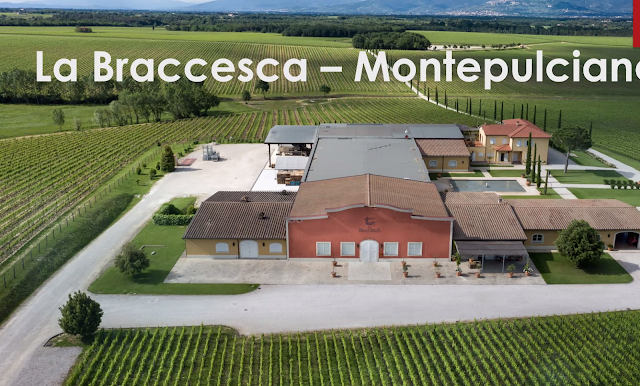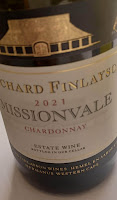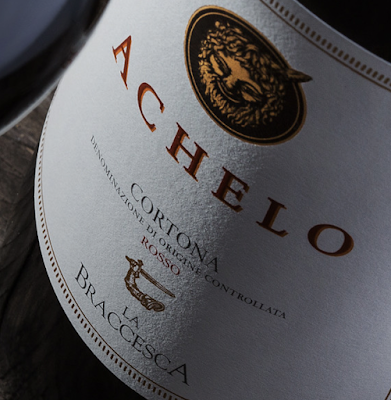Tindal Staff Choices A Rewarding Focus At Seasonal Tasting In Metropole
Lots of tables highlighting seasonal offers of wines and spirits at last week’s Tindal event in the Metropole Hotel. But I found all I wanted, more or less, at Tables 6 and 7. These highlighted the Tindal Team Favourites and included quite a cross section of the company’s wines, a range of grapes, a range of vineyards from across the globe and they also covered a range of price-points.
Very happy with my tastings there and quite content to head home but, after some gentle persuasion, finished on a high at Table 10, the Port display. Here, I unreservedly enjoyed the Dows 10-year old Tawny and the remarkable 2000 vintage by the same company.
White
Grüner Veltliner, Furth-Palt Weingut Malat 2021
€22.99 – Searsons Dublin
This is an exquisitely crafted Grüner by Malat from Kremstal in Austria. It has the typical peppery herbal nose, is filled with exuberant apple flavours, all the way through the crisp palate and refreshing finish. Very versatile at the table as Grüner Veltliner usually is. May be a bit more in this one though as Mr Malat says it always works and recommends it “from breakfast to midnight snack”. Now, that is versatility for you!
Cups & Rings, Albarīno El Escocés Volante 2017
€21.99 Bradleys Off Licence, JJ O’Driscolls
Twenty months of ageing with fine lees helps give this Albarīno quite a mouthfeel and a salty refreshing tang. Produced by Scot Norrel Robertson MW, it is much awarded and deservedly so. Celtic connections abound in this part of Spain, Rias Baixas, and so Robertson was quite happy to go with Cup & Rings, a Celtic motif common to Scotland and Galicia. Any Irish examples that you know of? Wikipedia tells me there are some in the Iveragh area of Co. Kerry.
 |
| This is how they serve Txakoli in the Basque country |
Gorka Izagirre Basque Country 2021
€23.99 – Searson’s Dublin
This Txakoli, the refreshing effervescent wine of the Basques, is new to the Tindal portfolio but immediately engages your taste buds, opening the way to a different wine experience. When I came across Txakoli first (in the Basque country), the drink seemed highly acidic and I didn’t think it would sell here in Ireland. But I’m coming across more and more examples that are better balanced and this is one for sure. You may not get the classic Basque over the shoulder pour into a solid tumbler (to avoid spillage and increase the bubbles) but you’ll enjoy the perfect balanced sensation and a smooth and satisfactory finish.
Pietrabianca, Tormaresca 2019
€32.99 – Fields Supervalu Skibbereen
Teeming with flavour, this blend of Chardonnay (mostly) and Fiano is a pleasure for the palate. From its glorious yellow colour to its chorus of citrus and tropical fruit this Italian certainly has the wow factor. Drink it with Eros Ramazzotti playing Quanto Amore Sei in the background and you’re on a winner.
Kracher ‘K’ Weingut Kracher 2016/17
€34.99 – Searsons Dublin
Tempting aromas of apricots and orange introduce this Kracher ‘K’ from Austria. Pronounce like cracker. This is a gorgeous off-dry with rich flavours on the palate before a pleasant citrusy farewell. Not really that sweet by the way, but something close to what the French call Moelleux. It is a blend of Welschriesling, Scheurebe and Chardonnay.
Missionvale Chardonnay, Hemel en Aarde, Walker Bay, Bouchard Finlayson 2018
€39.99 – Searsons Dublin
I was easily converted by this Missionvale. The South African Chardonnay is beautifully made, a shining gem that wouldn’t be out of place in Burgundy. It is a more traditional take on the grape and all the better for it. A classic example as you might expect from Bouchard Finlayson, part owners of Ashford Castle.
Red
Llebre, Costers del Segre, Tomàs Cusiné 2020
€21.99 – JJ O’Driscolls
Tempranillo is grown all over Spain and this excellent one comes from close to Barcelona and boasts some of the colour and vivacity of that magnetic city. It is organic and bio, packed full of sensory interest on the nose and in the mouth, an exemplary wine that will resonate long after the final sip.
Vineyard Reserve Cabernet Sauvignon Terra Mater 2020
€15.99 Fields Supervalu Skibbereen
The Maipo Valley has been called the ”Bordeaux of Chile” and this Vineyard Reserve by Terra Mater, is no sad song of exile. The Cab Sauv may be a long way from home but you’ll find no bum notes here, just a joyful expression from first note to last. Complex nose, round and soft in the mouth and with a full and long finish. Good value too by the way.
Losada, Bierzo 2019
€21.99 – JJ O’Driscolls
Mencia has undergone something of a rehabilitation in recent decades and this example is immediately friendly and slow to leave you. It comes from Bierzo, in the Spanish province of Léon, where the grape is very popular. it is fresh and refreshing, evocative of Cabernet Franc, with which it was once thought to be related. With its complex aromatics, its floral elegance in the mouth and a spicy lengthy finale, its quiet generosity will ease you through your meal.
Fleurie, Camille Melinand 2020
€26.99 – Searsons DublinSome of you will know I’m a big fan of Gamay, of Beaujolais in general and of Fleurie in particular. And nothing changes here! That nose, fragrant and light, the lively berry fruits, the balancing acidity and the lengthy finish, add up to a Beaujolais beauty, another Gamay gem for me! I’ll savour every beautiful sip. Join me.
Vino Nobile di Montepulciano, La Braccesca 2018
€29.99 – Bradleys, JJ O’Driscolls, Number 21 Ballincollig, Supervalu Skibbereen
 |
| Pic from Riccardo on Zoom. |
Maybe it’s the name, as it often is in Italy (not just wine!), that draws you in. Names like Alessandro Del Piero, Eros Ramazzotti, Roberto Rossellini. Football, film and music aside, this wine title is hard to ignore and this particular expression is truly excellent. Pleasant from the start, strawberries and cherries on the palate with slender spice influences and a captivating finish, captivating from start to finish actually.
We had an expert guide here earlier in the year with Riccardo Checchi (not a bad name either) telling us all about this wine on Zoom. "“The arm on the label represents the noble tradition. And when some see Nobile on the label, they think of a heavy wine.. no longer the case…now it’s all about acidity and fruitiness with softer tannins (than Sangiovese from different areas). You can drink it with everything.”
Galpin Peak Pinot Noir, Hemel Al Aarde, Walker Bay, Bouchard Finlayson 2019
€54.99 – Searsons Dublin
Indulging myself a bit here again as Pinot Noir is another favourite. Not always from Burgundy. And that is the case here as the Galpin Peak comes from South Africa. It starts confidently, and goes on to draw you in “with its classical old world” qualities (blackberry’s cherry, spice) and holding you gently with its amazing and superb finish. It boasts a lingering finalé. Let the moment linger.
*********





























